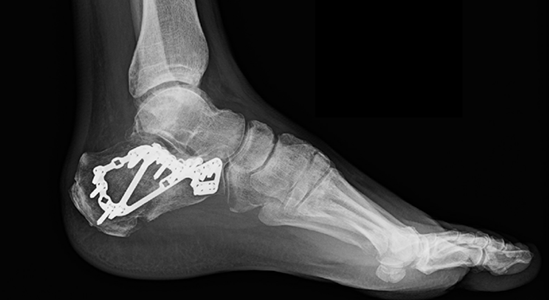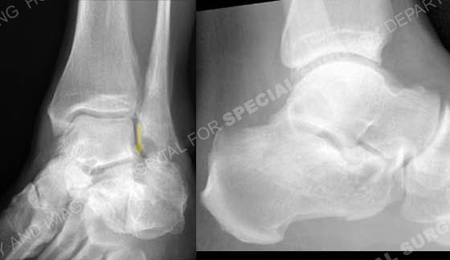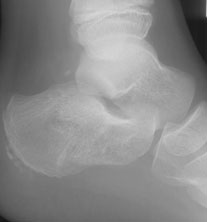

During this time, you will not be able to put any weight on your foot until the bone is completely healed. You may have to wear a cast for 6 to 8 weeks - or possibly longer. A cast, splint, or brace will hold the bones in your foot in proper position while they heal. Your doctor may recommend nonsurgical treatment if the pieces of broken bone have not been displaced by the force of the injury. Your doctor will discuss the different treatment options with you. In general, patients whose normal heel anatomy is restored have better outcomes, and in most cases, recreating the normal heel anatomy involves surgery. Your doctor will consider several factors in planning your treatment, including:īecause most calcaneus fractures cause the bone to widen and shorten, the goal of treatment is to restore the normal anatomy of the heel. Your doctor may share both your X-rays and CT scans with you to help you better understand the nature and severity of your injury. This information will help your doctor recommend the best plan for treatment. A CT scan will produce a more detailed image of your foot than an X-ray and can provide your doctor with valuable information about the severity of your fracture. Because of the complex anatomy of the calcaneus, a CT scan is routinely ordered after a fracture has been diagnosed on X-ray. An X-ray can show whether your calcaneus is broken and whether the bones are displaced.Ĭomputed tomography (CT) scans. X-rays, the most common and widely available diagnostic imaging technique, create images of dense structures, such as bone. Imaging studies will help confirm the diagnosis of a calcaneus fracture: Determine whether you have injured any other areas of your body by examining the rest of your injured leg, as well as your other leg, pelvis, and spine.Check to see if you can move your toes, and can feel things on the bottom of your foot.Check your pulse at key points of the foot to be sure that there is a good blood supply to the foot and toes.
#Calcaneus fracture orthobullets skin

It is also important that you tell your doctor if you have any other injuries or medical problems, such as diabetes, or if you take medications or smoke.

For example, if you fell from a ladder, how far did you fall, and what type of surface did you land on? It is important that you tell your doctor the circumstances of your injury. Immediate treatment to clean the wound is required to prevent infection. Open fractures have a higher risk of infection in both the wound and the bone. An open fracture often causes more damage to the surrounding muscles, tendons, and ligaments and takes a longer time to heal. When the bone breaks and fragments stick out through the skin or if a wound penetrates down to the bone, the fracture is called an open fracture. The injury to surrounding soft tissues, such as muscle, tendons, and skin.The injury to the cartilage surfaces in the subtalar joint.In some cases, the broken ends of bones line up almost correctly in more severe fractures, there may be a large gap between the broken pieces, or the fragments may overlap each other The amount each piece is out of place (displaced).The amount and size of the broken bone fragments.The severity of a calcaneus injury depends on several factors, including: When this occurs, damage to the articular cartilage covering the joint may cause long-term complications such as chronic pain, arthritis, and loss of motion. In most cases, a fracture also enters the subtalar joint in the foot. Fractures of the tarsal bones account for only about 2% of all adult fractures, and only half of tarsal fractures are calcaneus fractures.Ī fracture may cause the heel bone to widen and shorten.


 0 kommentar(er)
0 kommentar(er)
